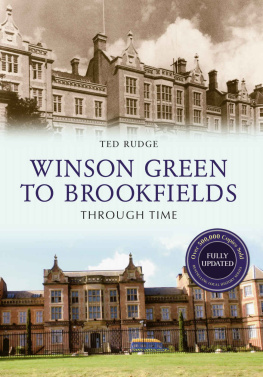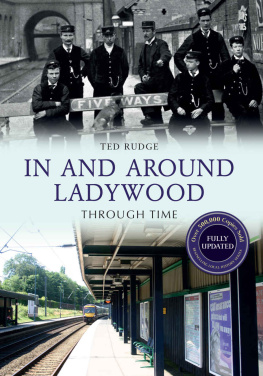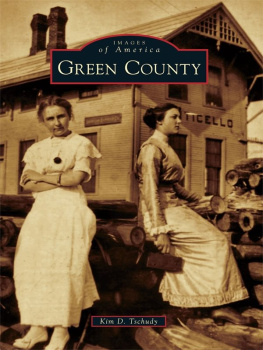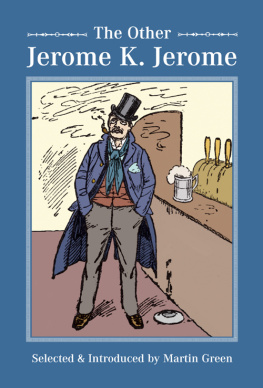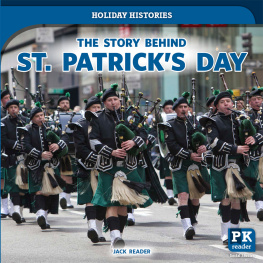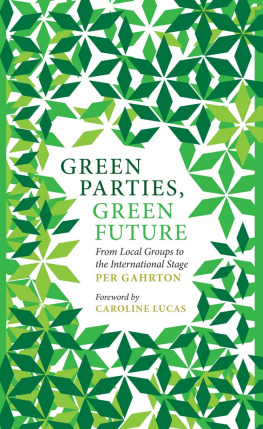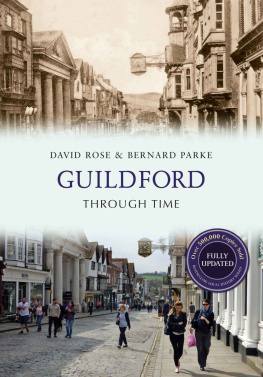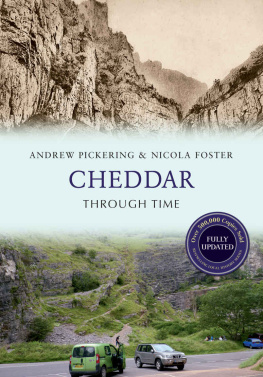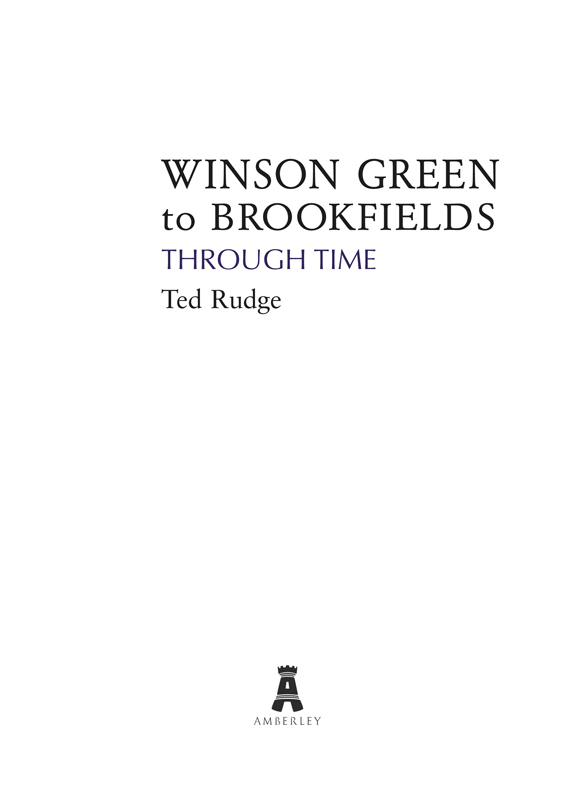This book is dedicated to our children, Susan and Stephen, and grandchildren,
Niamh and Niall. They are the future.
First published 2009
This edition published 2015
Amberley Publishing
The Hill, Stroud,
Gloucestershire GL5 4EP
www.amberley-books.com
Copyright Ted Rudge 2009, 2015
The right of Ted Rudge to be identified as the Author of this work has been asserted in accordance with the Copyrights, Designs and Patents Act 1988.
All rights reserved. No part of this book may be reprinted or reproduced or utilised in any form or by any electronic, mechanical or other means, now known or hereafter invented, including photocopying and recording, or in any information storage or retrieval system, without the permission in writing from the Publishers.
British Library Cataloguing in Publication Data.
A catalogue record for this book is available from the British Library.
ISBN 9781445650654 (PRINT)
ISBN 9781445650661 (eBOOK)
Typesetting and Origination by Amberley Publishing.
Printed in Great Britain.
Contents
Foreword
For most of Birminghams history, what was known as Birmingham Heath was a great swathe of open land that was little cultivated and which lay well away from the built-up areas of the town. Today it is only recalled in Heath Street, but once this wasteland stretched from what became the Dudley Road in the west to the Hockley Brook in the east across which lay Handsworth Heath. Its northern limit was about where Winson Green Road, Lodge Road and Bacchus Road would run, whilst to the south its border approximately followed the line of the modern Clissold Street and All Saints Street.
The northern section of Birmingham Heath later became Gib Heath, whilst part of its southern reaches around the forthcoming Crabtree Road were drawn into Brookfields. The rest of the heathland was pulled into Winson Green. Originally this was that area which bordered Smethwick and through which the Winson Green Road would be cut. This name was noted first in 1327 when a William de Wynesdon was recorded as one of the people in Birmingham taxed to the amount of one twentieth of their movables as a subsidy for the defence of the kingdom against the Scotch.
His surname indicates that he was of Wynesdon and that this place was known locally. In the Warwickshire volume of the English Place Name Society it is suggested that it may mean the hill, don, of a man called Wine. However, Joe McKenna who has researched many of Birminghams place names feels that a better explanation is that Wynesdon is derived from the Old English word winn meaning a meadow. Thus Winson Green would be meadow hill green. Certainly, the land drops quite sharply to the north of Winson Green Road and as the Handsworth New Road it runs down towards the valley of the Hockley Brook. This topographical feature supports both interpretations as far as the don element of Wynesdon is concerned. It remains debateable as to which case is the stronger for the origin of Win.
Another question arises: how did Wynesdon become Winson? Locally Bordesley was pronounced with a barely discernible d so that it became Borsley. Similarly, it is most likely that Wynesdon was spoken as Wynesn. This shift is indicated by two documents separated by only thirty years. In 1592, John Barebon of Wynsdon Greene leased land from Ambrose Phillips, whilst in 1622, Sir Walter Erle and his wife Anne conveyed to Edward Bests, a smith of Wynson greene in the parish of Birmingham, premises and lands at Winson Green and Smethwick. As for the Green element in the name, Birmingham has many greens indicating spots where Anglo-Saxon and Middle English folk settled on land which was better and easier to cultivate than the surrounding heath or localities of heavy clays. Winson Green is no exception. It was a green amidst the mostly barren Birmingham Heath.
Birmingham Heath remained a great open space of 289 acres until the later eighteenth century, but change was ahead. Its western boundary was the road from Birmingham to Dudley and in 1727 this was said to be greatly used for the carriage of iron goods, coal and lime. From 1760 the route was run by the Dudley, Birmingham and Wolverhampton Turnpike which was supposed to pay for the upkeep of the road from the tolls it levied on travellers. However, in 1781 William Hutton was scathing of its condition, deriding it as despicable beyond description. By this date the Birmingham Canal also wound its way through the district. Partly opened in 1769 it necessitated a bridge on the Dudley Road. First called Navigation Bridge, it then became known as Winson Green Bridge.
As the century drew to a close, in 1798 the Loyal Birmingham Associations of Cavalry and Infantry, a forerunner of the Territorial Army, presented their colours on a large piece of cleared land on Birmingham Heath, near to Winson Green. That same year the transformation of the district was heralded by an act of parliament for the enclosure of what had previously been common land. The document mentioned a Pig Mill Lane which seems to have run close by the modern Handsworth New Road.
Then in 1810 the Street Commisioners Map indicated the appearance of Winson Green Road, based on an ancient path, as well as Lodge Road, Park Road and Bacchus Road, but apart from Shakespeares Glass House and two large houses called Ninevah and Bellefield there were no prominent buildings. The only hamlet as such was Winson Green, at the junction of the Winson Green Road and the future Wellington Street. There were also a few houses along the top end of Lodge Road.
Charles Pye brought the area to the attention of the general public in 1818 in his Description of Modern Birmingham. In one walk he took his readers westwards out of the built-up part of the town, beyond the Sandpits and Spring Hill and along the Dudley Rod. After crossing the, still relatively new, Birmingham Canal the traveller entered what had been Birmingham Heath.
On the right hand is a boat-builders yard, and on the left a glass-house, belonging to Messrs. Biddle and Lloyd. Proceeding towards the windmill, you perceive, at a short distance on the right hand another glass-house, belonging to Messrs. Shakespear and Fletcher. Ascending the hill, there is on the right an extensive view over the adjacent country, including Barr-beacon, Mr. Boultons plantations and Winson-green, a neat house, in the possession of Mrs. Steward. On the left is Summerfield-house, late the residence of John Iddins, Esq. but now of James Woolley, Esq. and beyond it, a neat white house, occupied by Mr. Hammond. Over an apparently wooded country, you have a windmill in full view, and when at the foot of the hill, on the right is Smethwick grove, the residence of John Lewis Moilliet, Esq.
Moilliet Street recalls this latter home which belonged to a banking family from Switzerland, whilst the windmill is brought to mind in a pub on the Dudley Road.
The largely rural outlook of Winson Green was little changed by the time of Whites History, Gazeteer and Directory of Warwickshire in 1850. However, four years later there was a remarkable difference. A railway linking Birmingham and Wolverhampton was laid down. A contemporary wrote that Winson Green became a wilderness of sand and brickwork, deep cuttings at one end and high embankments at the other completely altered the appearance of the spot.
By now housing was beginning to be built, and Piggott Smiths map of 1855 shows Villiers Street added to the old hamlet and a new area of housing focused on Landowne Street. To the west of this locality, Winson Street, Tudor Street and Cape Street had appeared and by Tills map of 1884 they had been joined by Dugdale Street and others. Fields still occupied the land between Winson Street and the Winson Green Road, as they did between the Handsworth New Road and Bacchus Road. However, Hart Street and others had come into view nearby as had the Talbot Street neighbourhood. Twenty years later, the urbanisation of Winson Green had been completed with the development of the Cuthbert Road and Willies Road localities.

